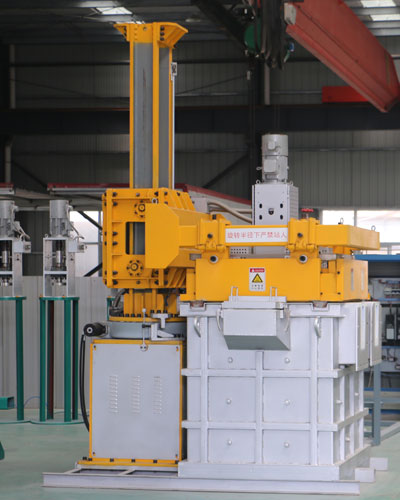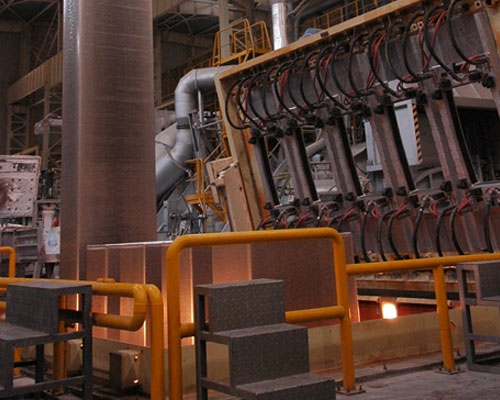Degassing in aluminum casting is important because of the uniqueness of hydrogen in molten aluminum is a gas with obvious solubility. When the temperature of the molten metal drops to the solidification temperature, the solubility of the air decreases significantly. After the solidification is over, about 5% of the fluoride in the molten aluminum remains in it. The other 95% is in the turbine’s concentration. After reaching the ability to form bubbles, they are discharged into the liquid.
However, aluminum has high activity and is easy to reduce or decompose the water in contact.
In order to obtain high-quality quality ingots or ingots, the micron powder must be removed to a substitute level before solidification. The industrial alternative to remove or reduce the carbohydrate content is to pass the inert or semi-inert gas directly through the inert gas to purify the molten aluminum before casting and solidification.
Therefore, the air can preferably be purified with inert gas or processed by vacuum.

Degassing In Aluminum Casting
The removal rate, that is, the final residual value of hydrogen depends on several parameters such as metal temperature, thermodynamic solubility, purification gas flow rate, metal flow rate under continuous degassing conditions, the size of the furnace under static degassing conditions, and gas removal Ratio and bubble size or surface area. If the purge gas flow rate is given, the hydrogen removal rate is controlled by the bubble size. The smaller the bubbles, the higher the diffusion rate, and thus the higher the removal rate. A simple spray gun or tube can generate a very large bubble, resulting in a relatively low removal rate. The removal rate can be improved by introducing the gas into the small bubbles by using a porous plug or by a rotating motor that shears the gas flow. The smaller the bubble, as the transfer rate increases, the contact surface area increases. The smaller the Stoke diameter of the bubble, the slower its rising rate.
The use of inert bubbles to remove hydrogen from molten aluminum has some limitations. Effective removal requires relatively small air bubbles to maximize the contact surface area. The smallest bubbles are generally obtained using a rotating impeller degassing device. The degassing device can generate very small bubbles, which can stay in suspension for a long time. The rotating impeller degassing device is generally installed farther from the casting machine, so that the bubbles have enough time to float and separate.
When the moisture contains refractory contact materials, this distance also allows enough time for hydrogen to re-absorb into the molten aluminum from the surrounding moisture. Based on the balance of hydrogen solubility and temperature, the lowest hydrogen content that can be achieved depends on the temperature. The lower the temperature during the hydrogen removal process, the lower the final hydrogen content after solidification. Ideally, hydrogen removal should be just before solidification starts, but this is inconsistent with the gas purification process.
When the rotating degassing device produces enough small bubbles, other problems also follow. It is well known that in addition to degassing treatment, filtration treatment is also required, which utilizes deep bed filters or ceramic foam filters.

